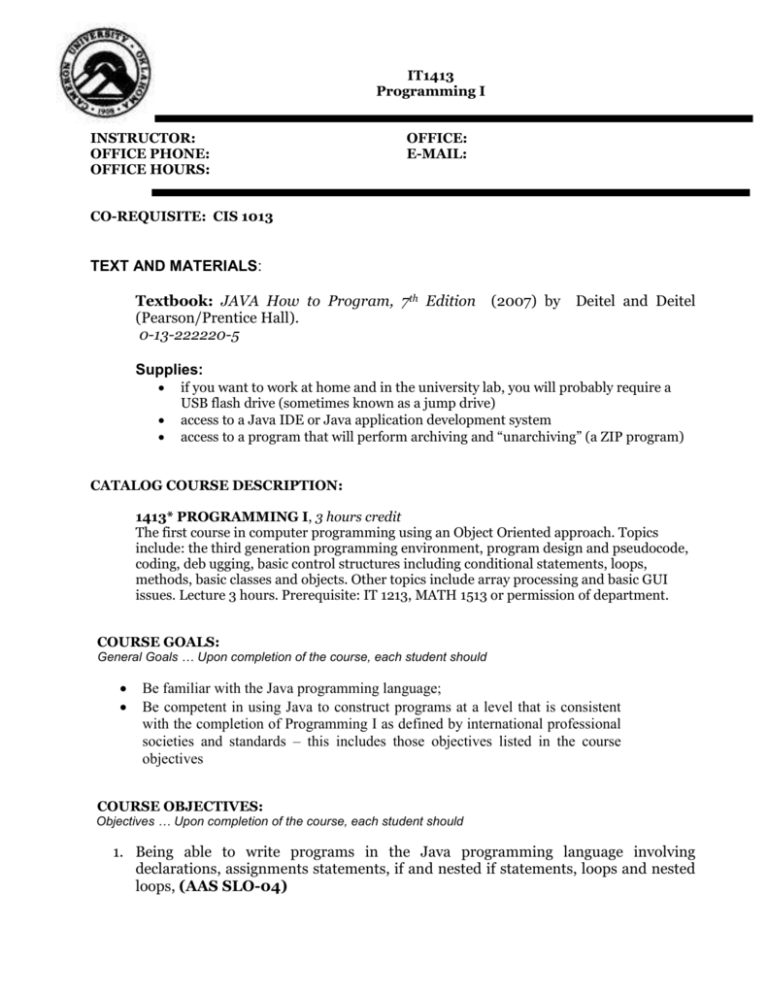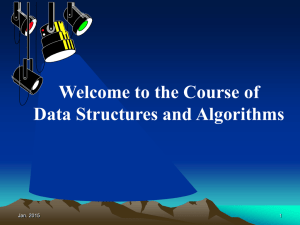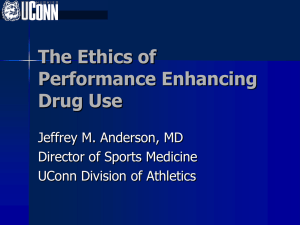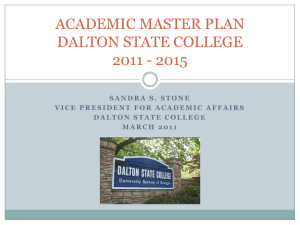
IT1413
Programming I
INSTRUCTOR:
OFFICE PHONE:
OFFICE HOURS:
OFFICE:
E-MAIL:
CO-REQUISITE: CIS 1013
TEXT AND MATERIALS:
Textbook: JAVA How to Program, 7th Edition
(Pearson/Prentice Hall).
0-13-222220-5
(2007) by
Deitel and Deitel
Supplies:
if you want to work at home and in the university lab, you will probably require a
USB flash drive (sometimes known as a jump drive)
access to a Java IDE or Java application development system
access to a program that will perform archiving and “unarchiving” (a ZIP program)
CATALOG COURSE DESCRIPTION:
1413* PROGRAMMING I, 3 hours credit
The first course in computer programming using an Object Oriented approach. Topics
include: the third generation programming environment, program design and pseudocode,
coding, deb ugging, basic control structures including conditional statements, loops,
methods, basic classes and objects. Other topics include array processing and basic GUI
issues. Lecture 3 hours. Prerequisite: IT 1213, MATH 1513 or permission of department.
COURSE GOALS:
General Goals … Upon completion of the course, each student should
Be familiar with the Java programming language;
Be competent in using Java to construct programs at a level that is consistent
with the completion of Programming I as defined by international professional
societies and standards – this includes those objectives listed in the course
objectives
COURSE OBJECTIVES:
Objectives … Upon completion of the course, each student should
1. Being able to write programs in the Java programming language involving
declarations, assignments statements, if and nested if statements, loops and nested
loops, (AAS SLO-04)
Syllabus – IT1413
Spring 2009
-22. Being able to write programs in the Java programming language involving methods,
classes, and objects, (AAS SLO-04)
3. Being able to write programs in the Java programming language involving arrays.
(AAS SLO-04)
4. Being able to write programs in the Java programming language involving use of the
Java Swing class to facilitate a simple GUI environment (AAS SLO-04)
5. Being able to write programs in the Java programming language involving use of
Java classes and objects to do beginning “Object-Oriented” programming (AAS
SLO-04)
6. Being able to write programs in the Java programming language involving some use
of Java files and streams (AAS SLO-04)
7. Being able to design algorithms and write the corresponding programs that solve
problems involving basic algorithms (AAS SLO-04, BS SLO-02, BS SLO-05)
8. Being able to design algorithms and write the corresponding programs that solve
problems involving utilization of sub-programs (methods in Java) (AAS SLO-04,
BS SLO-02, BS SLO-05)
9. Being able to design algorithms and write the corresponding programs that solve
problems involving algorithms that utilize the string and array data structure (AAS
SLO-04, BS SLO-02, BS SLO-05)
10. Being able to design algorithms and write the corresponding programs that solve
problems involving utilization of the class mechanism to create data abstractions
(AAS SLO-04, BS SLO-02, BS SLO-05)
11. Being able to design algorithms and write the corresponding programs that solve
problems involving understanding the concept of abstract data types (BS SLO-05,
12. Being able to design algorithms and write the corresponding programs that solve
problems involving understanding the precepts of Object Oriented Programming
(AAS SLO-04, BS SLO-02, BS SLO-05)
13. Understand various debugging techniques and use of an interactive debugger within
a modern day IDE (AAS SLO-04, BS SLO-02, BS SLO-05)
Appendix A….
INFORMATION TECHNOLOGY PROGRAM OUTCOMES
AAS INFORMATION TECHNOLOGY
Upon completion of the program, the student must meet the following criteria (Cat
Department, 2006). The student:
SLO-01. must understand and demonstrate application of a high ethical standard
SLO-02. must understand the impact that information technology has on society as
a whole and must know the importance of continual learning
SLO-03. must possess the ability to communicate in a variety of settings using oral,
written, multimedia techniques to a variety of audiences and must interact
with and understand diverse groups using a strong IT vocabulary
2
Syllabus – IT1413
Spring 2009
-3SLO-04. must be able to choose from a variety of different problem solving
methodologies to analytically formulate a solution using a high level
programming language
SLO-05. must understand the planning, performing, and evaluation process as it
relates to information technology operations and must understand system
phases, and the Systems Development Life Cycle (SDLC)
SLO-06. must understand basic computer networks infrastructure and demonstrate
proficiency in assembling, configuring and administering networks
BS INFORMATION TECHNOLOGY
Upon completion of the program, the student must meet the following criteria (Carroll,
BS in IT Proposal, 2006). The student:
SLO-01. must analyze, identify, and define the requirements that must be satisfied
to address problems or opportunities faced by organizations or individuals
applying current technical concepts and practices in the core information
technologies;
SLO-02. must design effective and usable IT-based solutions and integrate them
into the user environment;
SLO-03. must demonstrate an understanding of best practices and standards and
their application in order to identify and evaluate current and emerging
technologies and assess their applicability to address the users’ needs;
SLO-04. must analyze the impact of technology on individuals, organizations, and
society, including ethical, legal, and policy issues;
SLO-05. must demonstrate independent critical thinking and problem solving
skills;
SLO-06. must communicate effectively and efficiently with clients, users, and peers
both verbally and in writing, using appropriate terminology and must
collaborate in teams to accomplish a common goal by integrating personal
initiative and group cooperation
3









